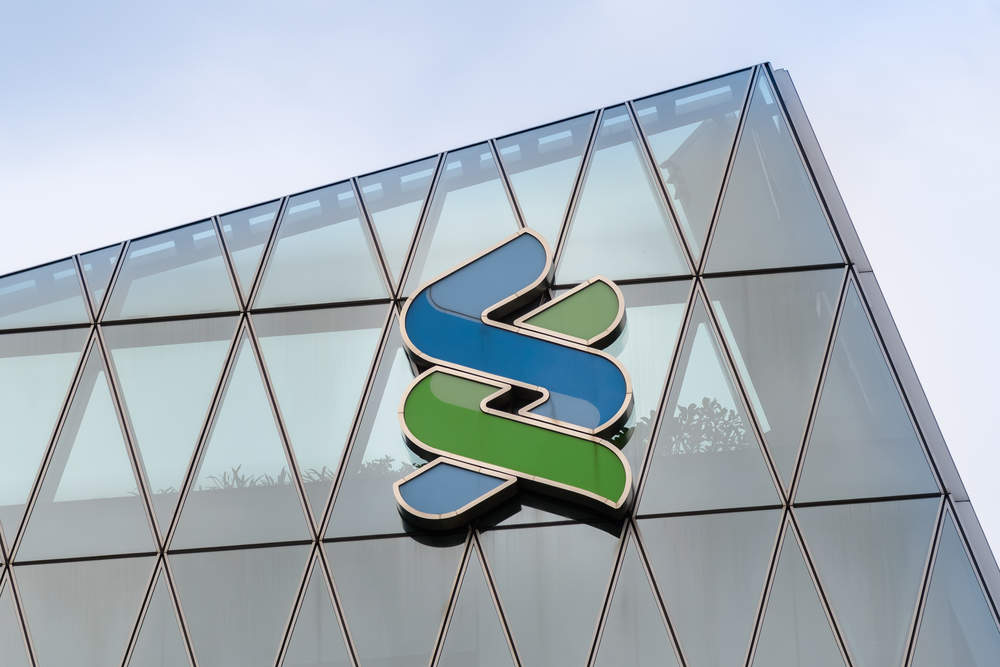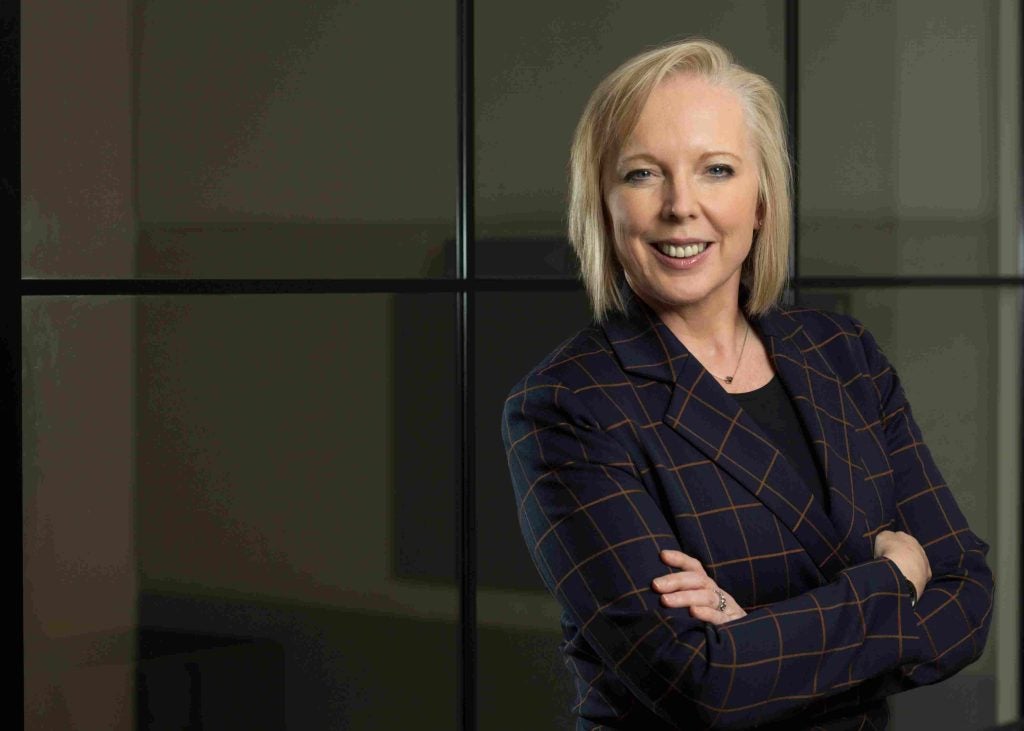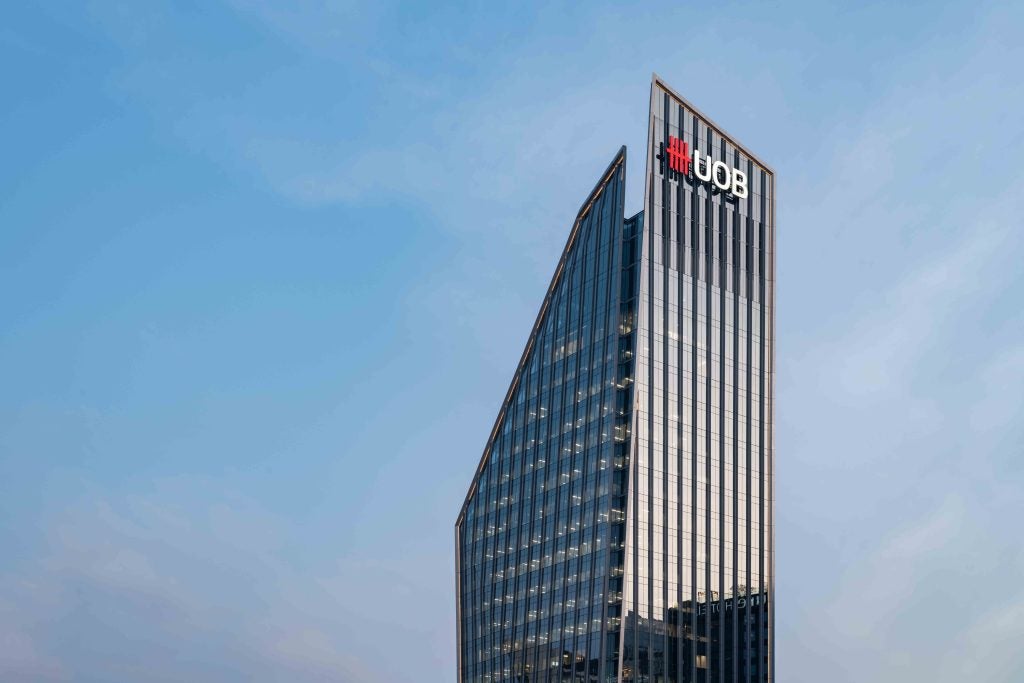
Standard Chartered Bank Singapore has brought its Wealth Lending overdraft facility online with three new digital simulators.
The simulators are intended to be useful during stressful market environments when clients need simple, practical solutions.
A first in Singapore, the scenario-based simulators were designed to help clients visualise how factors, such as market movements and FX volatility, could influence the performance of their Wealth lending portfolio.
In addition, it shows clients the potential returns and associated risks of leveraging quality assets.
As a result, clients can calibrate their Wealth Lending portfolio based on their current financial circumstances, investment goals and protection needs.
The solutions were introduced thanks to an in-depth qualitative study with 30 clients on investment experiences. Responses showed that the biggest concerns were the resiliency of their Wealth Lending portfolio in stress events, portfolio performance, and margin calls.
The three products are:
- Investment Simulator;
- Bancassurance Simulator, and
- Portfolio Simulator.
All of these simulators are available on the the Standard Chartered website.
Sumeet Bhambri, Regional Head of Wealth Management, ASEAN and South Asia and Head of Wealth Management Singapore, Standard Chartered Bank, said: “Our clients are always at the centre for every innovation at the Bank. The development of the Wealth Lending simulators takes it a step further with client co-creation – we call this partnership reimagined. Since the soft launch, clients have provided feedback that they have better knowledge of what the facility provides and greater confidence in using it when investing. This has resulted in a stronger take up of the facility.”
Statutory pre-tax profit at the private banking unit in the first six months of 2020 was $53m, versus $99m a year ago.
A non-repeat of a prior-year impairment release resulted in underlying pre-tax profit slumping 44% year-on-year to $56m.
Operating income of $300m was 2% lower than the previous year, driven by a decrease in Retail Products, primarily Deposits.
This was offset by growth in Wealth Management, where income rose 5% to $204m from $195m.







